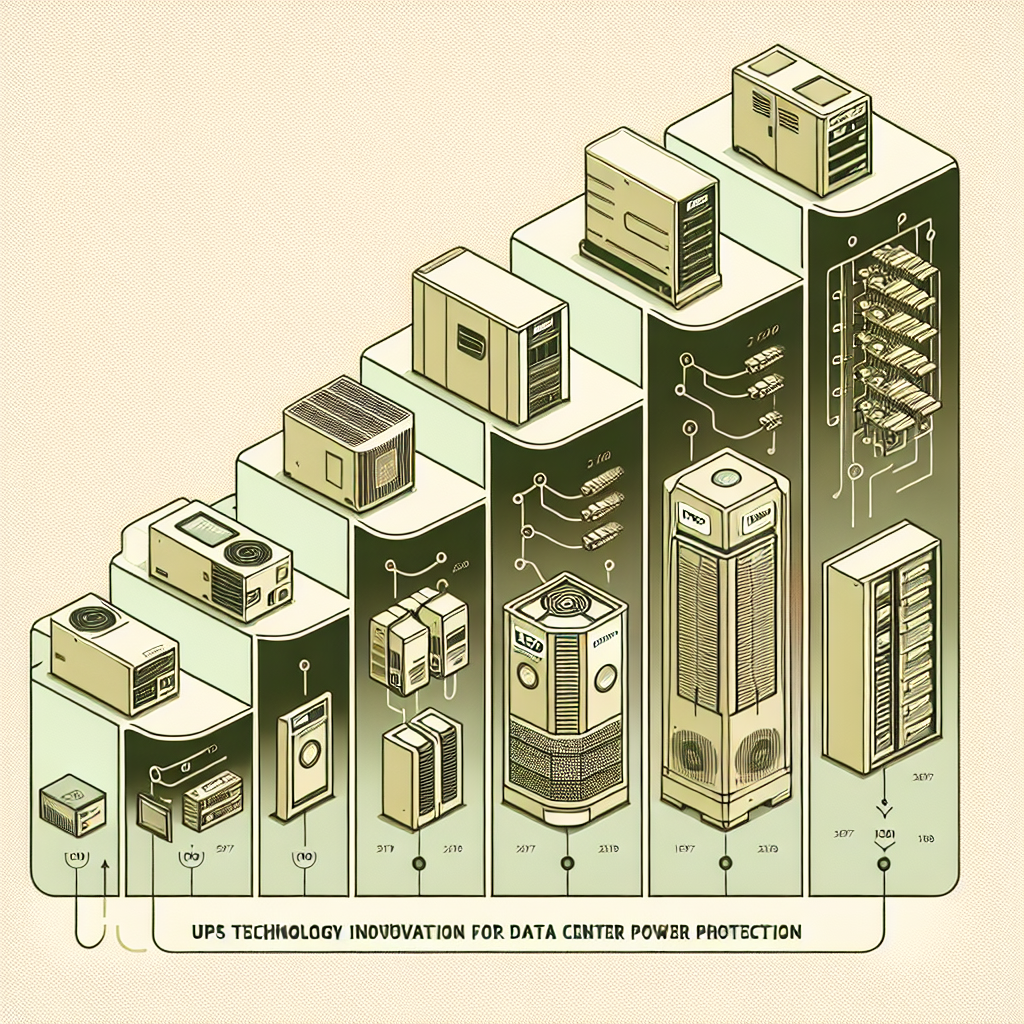As technology continues to advance at a rapid pace, the need for reliable power protection in data centers has become more crucial than ever. Uninterruptible Power Supply (UPS) systems have played a vital role in safeguarding critical IT infrastructure and ensuring uninterrupted operations in the event of power outages or disruptions. Over the years, UPS technology has evolved significantly to meet the growing demands of data center environments.
The evolution of UPS technology can be traced back to the early days of computing, where bulky and inefficient systems were used to provide backup power. These early UPS systems were primarily designed to bridge the gap between power outages and the activation of backup generators. While they were effective in providing short-term power protection, they were limited in terms of scalability, efficiency, and reliability.
As data centers became more complex and power-hungry, the need for more advanced UPS technology became apparent. Modern UPS systems are now designed to deliver a higher level of power protection, efficiency, and scalability to meet the demands of today’s data center environments. Innovations in UPS technology have led to the development of modular, scalable, and energy-efficient systems that can adapt to changing power requirements and provide seamless integration with other critical infrastructure components.
One of the key innovations in UPS technology is the development of modular UPS systems. These systems are designed to be easily scalable, allowing data center operators to add or remove power modules as needed to meet changing load requirements. Modular UPS systems also offer increased redundancy and fault tolerance, ensuring that critical IT equipment remains protected even in the event of a component failure.
Another important innovation in UPS technology is the integration of advanced monitoring and management capabilities. Modern UPS systems are equipped with sophisticated monitoring software that provides real-time visibility into power consumption, battery status, and system performance. This level of visibility allows data center operators to proactively manage power usage, optimize efficiency, and prevent potential issues before they escalate into critical failures.
Energy efficiency has also become a key focus in the evolution of UPS technology. With the rising cost of energy and growing concerns about environmental sustainability, data center operators are looking for ways to reduce power consumption without compromising reliability. Modern UPS systems are designed to operate at high efficiency levels, minimizing energy waste and reducing operational costs.
In conclusion, the evolution of UPS technology has brought significant advancements in power protection for data centers. From bulky and inefficient systems to modular, scalable, and energy-efficient solutions, UPS technology has come a long way in meeting the evolving needs of modern data center environments. With ongoing innovations and advancements in UPS technology, data center operators can rest assured that their critical IT infrastructure is well protected and prepared for any power-related challenges that may arise.


Leave a Reply